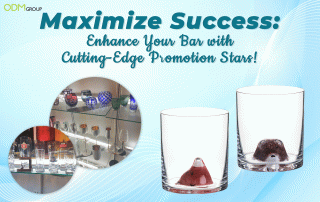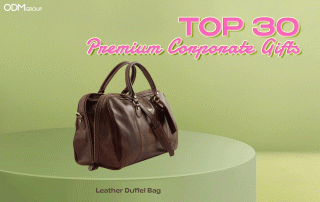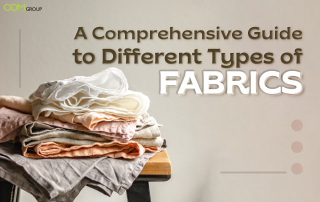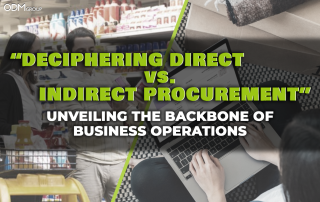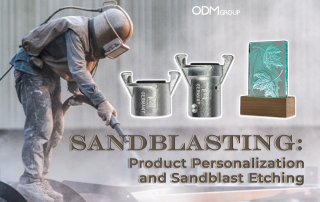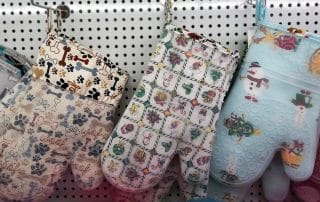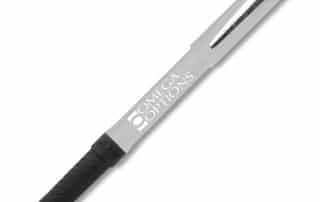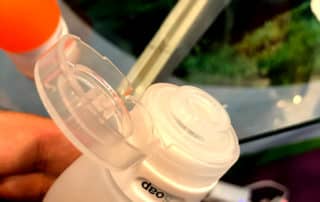When it comes to branded merchandise, brands must ensure their products are safe for people’s use. Hence, standards are set to ensure quality and safety. For the everpresent silicone, let’s check out two widely known and used silicone testing standards with silicone product ideas to get you started!
Silicone Testing Standards: LFGB and FDA
The silicone testing standards for branded products in different regions are different. After all, different regions have different laws and regulations in place. This is the case for Western Europe and the USA.
In Western Europe, the commonly used testing standard is a German standard, LFGB (Lebensmittel-, Bedarfsgegenstände- und Futtermittelgesetzbuch). However, in the USA, they use the FDA (Food and Drug Administration) standard. Silicone products that pass either one of these tests are safe for human use. In terms of pricing, products made of LFGB standards will be more expensive than the FDA standard.
To have a clearer understanding of the tests that the silicone product goes through in these testing standards, we listed them all for you below:
| LFGB | FDA |
|---|---|
| General Plastic | U.S. FDA CFR 21 175.300 for Organic coating, metal and electroplating (except silver plated) |
| Test for the plastic lid and O-ring | U.S. FDA CFR 21 176.170 for Paper and paper cardboard |
| PVC | U.S. FDA CFR 21 178.3800 for Wood |
| Melamine | U.S. FDA CFR 21 177.1010 for Acrylic |
| PE, PP | U.S. FDA CFR 21 177.1210 for Closure with sealing gaskets for food containers |
| PS, ABD, SAN, Acrylic, Methary | U.S. FDA CFR 21 177.1350 for EVA |
| PA | U.S. FDA CFR 21 177.1460 for Melamine resins |
| PC | U.S. FDA CFR 21 177.1500 for Nylon |
| Poly(terephthalic acid dio esters), PET | U.S. FDA CFR 21 177.1520 for PP |
| Acetal resins POM | U.S. FDA CFR 21 177.1520 for PE, OP |
| Silicone rubber | U.S. FDA CFR 21 177.1580 for PC |
| Rubber, TPR, TPE | U.S. FDA CFR 21 177.1630 for PET |
| paper ( not applicable for paper and board use in a microwave oven) | U.S. FDA CFR 21 177.1640 for PS |
| Baking paper | U.S. FDA CFR 21 177.1655 for Polysulfone resin |
| PU and TPU | U.S. FDA CFR 21 177.1680 for PU |
| Polymer coating for cooking purposes | U.S. FDA CFR 21 177.1810 for Styrene block polymer |
| Wood | U.S. FDA CFR 21 177.1830 for MMA, MBS |
| Glass and Enamelware | U.S. FDA CFR 21 177.1900 for Urea-formaldehyde resin |
| Ceramic 84/500/EEC | U.S. FDA CFR 21 175.300 / 177.1975 for PVC |
| Metal, Metal Alloy and electroplated (exclude aluminium) | U.S. FDA CFR 21 177.2420 for polyester resin, cross-linked (PETG) |
| Al and Al alloy | U.S. FDA CFR 21 177.2450 for Polyamide-imide resin |
| Textile material | U.S. FDA CFR 21 177.2600 for Rubber (SBS, TPR, TPE, etc) |
| Activated carbon and charcoal | U.S. FDA CPG 7117.05 for Silver plated |
| Vinylidene Chloride Copolymers with a Predominant Content of PVDC | U.S. FDA CPG 7117.06,07 for Ceramic, glass, enamel food ware |
| Product in contact with mouth lip or mouth cavity directly | U.S. FDA CFR 177.2470 /2480 for POM |
| Product in prolonged contact with skin (over 1 hour upon usage) | General Recognized As Safe (GRAS) US FDA stainless steel cutlery |
| Metallic product in prolonged contact with skin (over 1 hour upon usage) | US Cookware Manufacturer Association(CMA) Cookware |
| dyed product in prolonged contact with skin (over 1 hour upon usage) | US FDA CFSAN PAC for collection No. 04005 & FDA CPG 7117.05 for Brassware or metalware made of copper or coated with copper |
| Vacuum thermal bulb used in water canister or water jar | U.S. FDA CFR 175.300 & CPG 7117.05 other metal product (except silver plated) |
Why Are Silicone Testing Standards Important For You?
Going through testing standards allows manufacturers to detect defects or issues early in the process and set up solutions.
This way, the quality of the product will be consistent and ensure that only the products with qualities that meet the standard requirement will be released to the market.
When people see testing standards and certificates on products, they automatically know it passed the set requirements for quality and safety.
This forges a positive impression and brand trust which leads to recommendations to other prospective customers and repeat purchases.
Testing standards for silicone means the brand made sure they will only release safe and high-quality promotional products for customer use.
It becomes a competitive edge against competitors since the brand will instantly become trustworthy through a seal of approval from these testing standards.
Another benefit of a testing standard for silicone is it can reduce the liability of the brand in any event that the product fails to properly function.
After all, these testing standards are put in place to assure silicone product quality and safety for the use of people.
Related reads you might want to know more about:
To get more detailed information about the FDA testing, not just in silicone, but in mass production of any product for human use and consumption, you can find them in the blog below:
Sustainability is a concern for everyone from the brands to the manufacturers and the consumers. For this reason, the Global Recycled Standard (GRS) is established in 2011.
A factory audit is a standard inspection procedure that gives brands and companies crucial information about the factory which would heavily influence the brand’s decision to work with them.
The protection of intellectual property is vital to every brand especially if they’re sourcing manufacturers. To protect your brand, you must be familiar with the agreements involved. For China manufacturers, here’s NNN Agreement:
Another important document that businesses must be familiar with in order to ensure the safety of their promotional products is delivery notes. Get to know more about it in the blog below:
Wrapping It Up,
Although under both standards the number of tests that the product goes through is the same, the LFGB standard tests are more intensive, hence the price of a LFGB standard silicone product is higher than that of a FDA standard silicone product.
However, this does not mean that LFGB standard products are superior to FDA standards. Both standards are safe for human use and export to Western Europe/USA. Different materials can be considered when a budget is involved in a project.
If you need help creating high quality unique promotional products that comply with international quality standards, ODM can help you! Our product designers at Mindsparkz are also here to assist with design creation. We would love to work with you!
